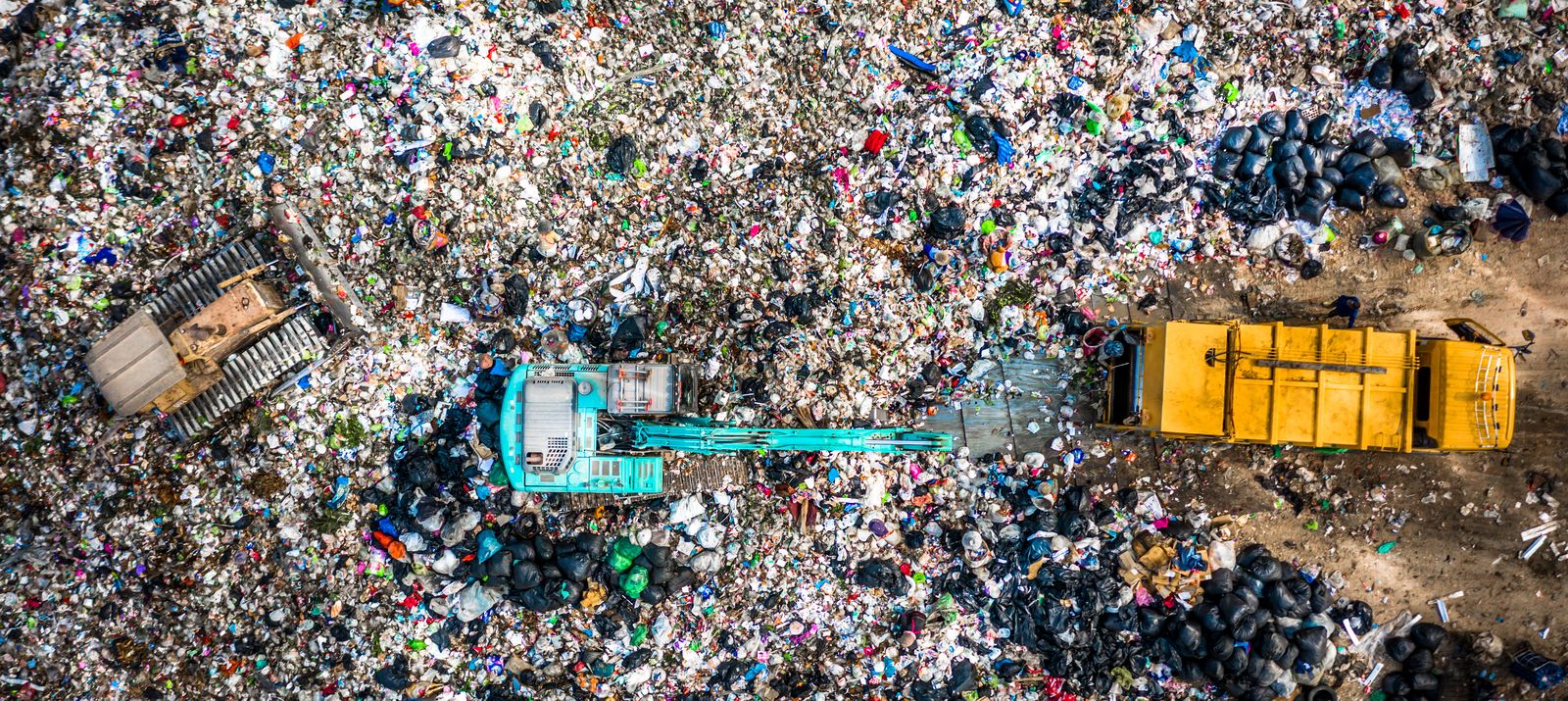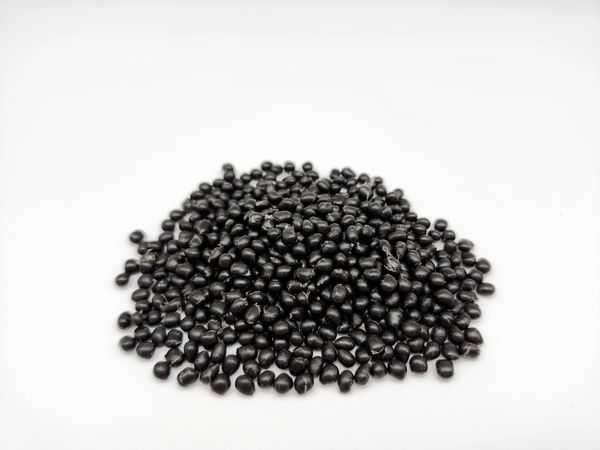100% PCR recyclate from household waste as filler material
What happens to the tonnes of household waste that are discarded every year? A large proportion of household waste is "thermally utilised" in waste incineration plants. Instead of ending up as waste in incineration, the waste can start a second life as recycled filler in plastic components.

Image dimensions not found
Change image or reupload it
Recycled filler made from household waste
Large quantities of unsorted household waste accumulate every day – from banana peels and packaging to used pizza boxes. What appears useless at first glance is transformed into valuable raw materials for plastics processing by our partner UBQ using innovative technology.
Fillers are obtained from the waste, which are added to thermoplastic polymers and processed into versatile, partially biobased PCR materials. By this, new products for a wide range of applications are created from waste streams – an important step towards greater sustainability and efficient resource utilisation.
Image dimensions not found
Change image or reupload it
How is household waste turned into a material?
Household waste: Unsorted waste from private households, including organic and non-recyclable materials (such as banana peels, packaging waste, pizza boxes, etc.) is shredded.
UBQ material: Sorting and extraction of powder and fibres.
New products: UBQ is incorporated as a filler in thermoplastic polymers with a heat deflection temperature of up to approx. 100°C. A wide range of applications can be produced from the materials.
The filler from UBQ
PCR filler made from recycled household waste – your benefits
Properties of the filler
100% post-consumer recycled material (PCR)
Partly organic, non-recyclable household waste
Contains biobased content
Low impact on mechanical properties and flow behaviour
Heat resistant up to approx. 100 °C
Advantages during use
Circular and recyclable to promote the circular economy
Utilization of waste stream that cannot be used to close loops, otherwise
Reduction of greenhouse gases by avoiding the incineration of household waste
Reduced need for new and fossil-based materials
Reduction of the CO2-Footprint of your product thanks to the biobased content and the use of PCR material
Can be used in different polymers
Easy implementation in your existing production processes
Availability in large quantities, with consistent product quality
cost efficient
M·CYCLOSE® with PCR recyclate from household waste for injection moulding

PP homo with 30 % PCR recyclate
Recyclate content: 30 %
Origin: Post-consumer
MFR: 28 g/10 min (230 °C/2.16 kg)
Processing technologies: Injection moulding
Learn more

100 % PCR rPE with 10 % household waste filler
Recyclate content: >98 %
Origin: Post-consumer
MFR: 6.8 g/10 min (190 °C/2.16 kg)
Processing technology: Injection moulding
Learn more

100 % PCR rPE with 20 % household waste filler
Recyclate content: >98 %
Origin: Post-consumer
MFR: 5.5 g/10 min (190 °C/2.16 kg)
Processing technology: Injection moulding
Learn more

100 % PCR rPE with 30 % household waste filler
Recyclate content: >98 %
Origin: Post-consumer
MFR: 4.4 g/10 min (190 °C/2.16 kg)
Processing technology: Injection moulding
Learn more

Would you like to become more sustainable?
Contact us for customised recyclate solutions.
If you want to use recyclates, we are the right partner for you. We offer customised advice and plastic solutions that are perfectly tailored to your specific requirements.